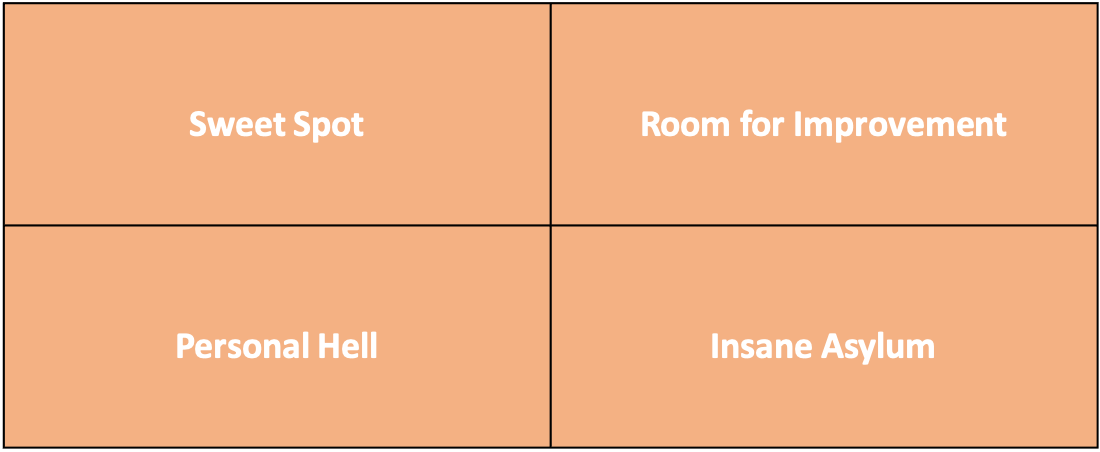Unlocking Leadership Impact: Three Principles to Transform Your Organization

As I look back on my life as an entrepreneur running a strategic advertising and brand marketing firm, I see a person who often found himself caught in a whirlwind of big projects, client presentations, and seemingly endless meetings and dreaded business tasks. I have colleagues in the business who have called our business “managing chaos” because there is constant change driven by one reality: clients’ challenges and needs always come first. However, in more recent years, I began to practice three principles that I picked up along the way. You know these principles, too. This is a friendly reminder to practice them more because you will be happier leaders, your colleagues will be happier, and your organization will become more productive and a better place to work.
Principle 1: Slow Down to Speed Up
Some economists have said that the pandemic sped up digital transformation and organizational change by a decade or more. Now, with a transformative technology in AI, the pressure to adapt and move faster can feel overwhelming. Yet, as counterintuitive as it may seem, slowing down can be the key to unlocking greater productivity and strategic impact. Research has shown that taking time to pause, reflect, and engage in quality think time leads to a more focused mindset and smarter decision making.
By intentionally slowing down, leaders can create space for innovation and strategic thinking, enabling them to better influence their teams and drive smart organizational change. Periodic strategic offsite meetings can be great, but building this deliberate approach into your way of working fosters a culture of mindfulness and intentionality, and can empower teams to innovate and adapt better to evolving market needs.
Principle 2: Do Less to Do More
In a world of endless challenges and opportunities, leaders can fall into the trap of trying to do it all. However, the key to true effectiveness lies in doing less, but doing it better. Utilizing tools like a Personal Work Quadrant Analysis can help leaders align their own strengths and responsibilities, enabling them to prioritize tasks and focus on activities that align with their strengths and passions.

Quadrant 1 – encompasses tasks that leaders excel at and enjoy, representing their sweet spot for productivity and fulfillment. I call this the “sweet spot.”
Quadrant 2 – includes tasks that leaders are good at and like to do while offering opportunities for growth and development. I call this “room for improvement.”
Quadrant 3 – involves tasks that leaders are good at but don’t enjoy, requiring strategic delegation or collaboration. I call this “personal hell” but recognize they must be done by me or others I work closely with.
Quadrant 4 – comprises tasks that leaders neither excel at nor enjoy. You might call this “insane asylum.”
By focusing yourself and your colleagues on Quadrants 1 and 2, leaders can optimize their time and energy leading to greater joy and better results over time. Modeling this principle of focusing on your strengths also fosters a culture of empowerment and collaboration within your organization.
Principle 3: Take Time to Be Human with Your Team Members
Amidst the many demands of the workplace, it’s easy to lose site of the human element. However, leaders who prioritize genuine connection and empathy with their team members unlock a powerful force for collaboration and success.
Taking time to connect with and know your team members, beyond their professional roles, cultivates a culture of trust, respect, and camaraderie. By acknowledging the holistic needs of individuals, and fostering a supportive work environment, leaders create a sense of belonging and purpose that drives organizational performance and employee engagement.
I recommend you take time to do your own personal quadrant analysis. I also encourage you to embrace these three principles – slowing down to speed up, doing less to do more, and taking time to be human. Ultimately, by exemplifying these principles, leaders can help to transform their organizations into vibrant and productive communities where individuals thrive and collective goals are achieved.





